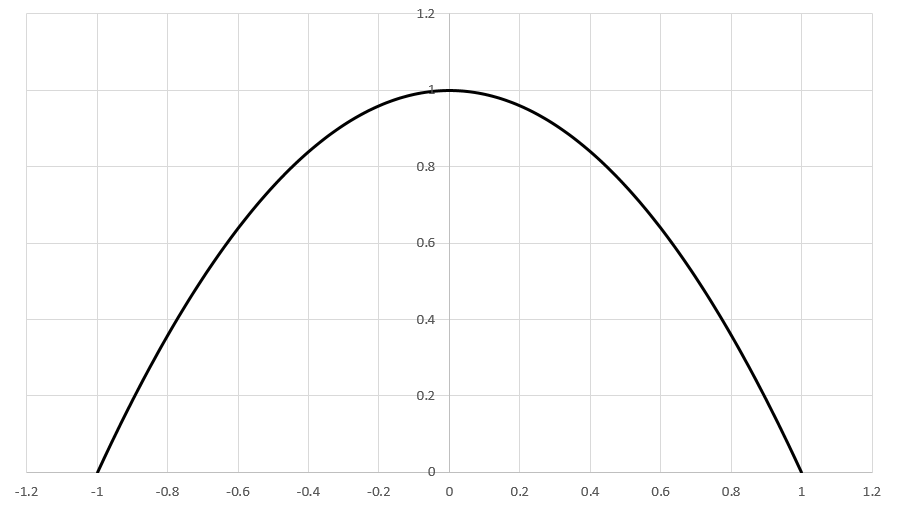Gratuitously Polarized (Part 2)
Consider the function , graphed in the range . Suppose we represented the function in polar coordinates instead of Cartesian coordinates . Here, is the distance from the origin, and is the angle with respect to the positive axis.
Then we could calculate the angle-weighted average of the radius. In the expression below, the parenthetical indicates that the radius is a function of the angle.
What is , where denotes the floor function?
Note: I posted Part 1 so long ago that I can't even find it anymore, except in the recesses of my own memory

The answer is 92.
This section requires Javascript.
You are seeing this because something didn't load right. We suggest you, (a) try
refreshing the page, (b) enabling javascript if it is disabled on your browser and,
finally, (c)
loading the
non-javascript version of this page
. We're sorry about the hassle.
@Steven Chase Sir, I think this was the problem you were looking for........